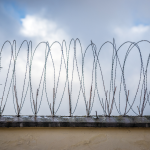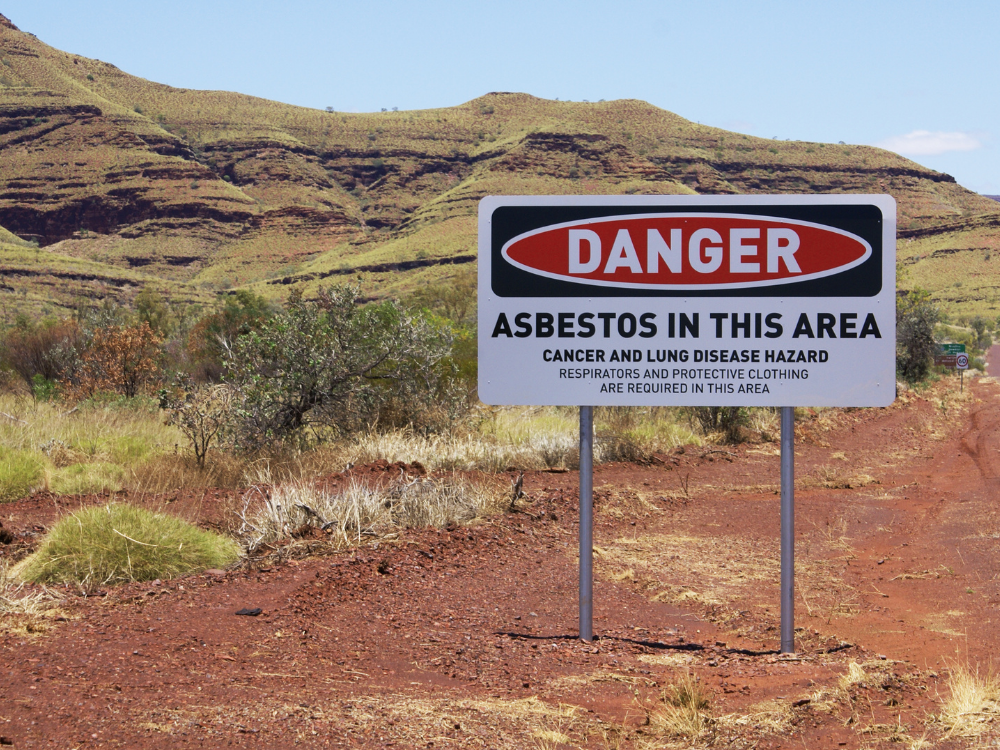Successive Western Australian governments are under fire over their inaction to remediate the largest contaminated site in the southern hemisphere: Wittenoom.
The industrial asbestos mine site, which devastated many local communities and workers, including Aboriginal people, is still without a comprehensive action plan to remediate it.
The site is significant for several reasons: firstly, it covers more than 46,000 hectares; secondly, Wittenoom Gorge or Nambigunha, contains significant amounts of asbestos tailings, and thirdly, the contaminated area is still in close proximity to nearby sites that are valuable tourism sites.
The country surrounding the Wittenoom Asbestos Management Area includes Karijini National Park, which belongs to native title holders, the Banjima people.
“It’s not only Banjima people, there’s Guruma people, Yindjibarndi people, Ngarluma people, Yinhawangka people, Nyaparli people and Palyku people that used to live in Wittenoom and worked in these mines as well,” said Banjima elder Maitland Parker.
“Some of our people that have passed away, they were only kids jumping on the asbestos trucks going past Roebourne to unload at Point Samson.”
Banjima elders have said that it is now long enough and the site needs to be cleaned up.
In 2019, two elders from the community attended meetings with then-minister for Aboriginal affairs, Ben Wyatt, relating to the plan to remediate the asbestos-contaminated areas. The government committed only to ‘ongoing dialogue’.
“It’s been too long in the making and the government has done absolutely nothing to clean it up,” Mr Parker said.
Mr Parker has also said that he doesn’t believe the extensive cost to clean up the area is a reasonable excuse.
“This is the worst disaster in the world. Not only Australia, but the world,” Mr Parker said.
“We are going to fight tooth and nail and take this to the highest level that we can.”
Healing country is a significant priority for native title holders, despite many elders suffering from asbestos-related diseases from exposure at the site.
“It won’t give us complete closure but at least it’s a path in the right direction,” Mr Parker said.
The Banjima people have been invited to the steering committee during the next sitting of Parliament when the Wittenoom Closure Bill is reintroduced, said Lands Minister Dr Tony Buti in a statement.
The Bill was passed by the Legislative Assembly almost two years ago, but didn’t pass the upper house before Parliament was dissolved ahead of the state election in March of this year.
“The Wittenoom Steering Committee will reconvene to progress ongoing management options and advise the state government on what actions could be considered to maintain public safety in the area and reduce ongoing impact on country,” Dr Buti said.




